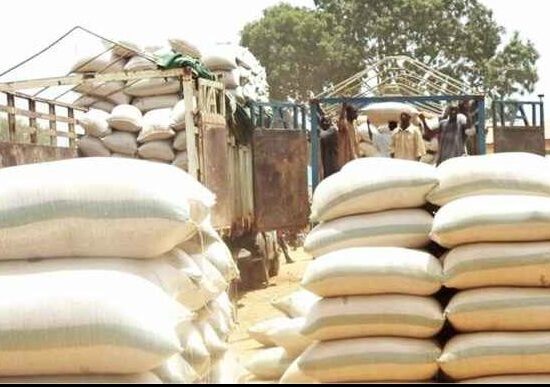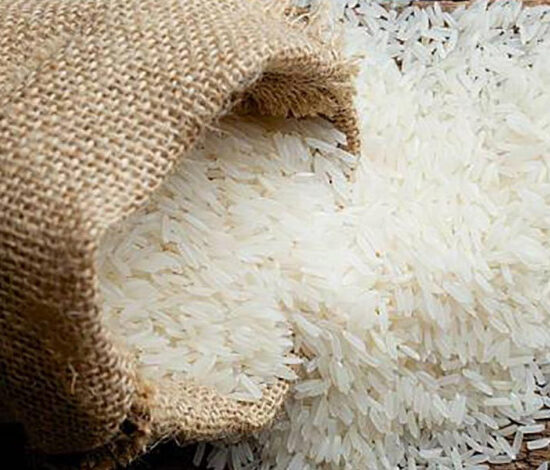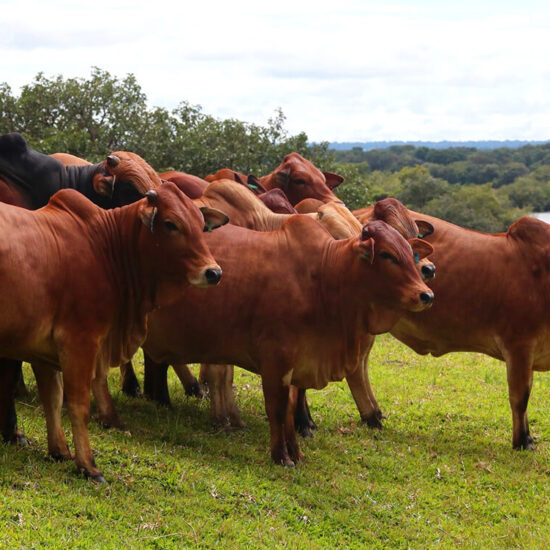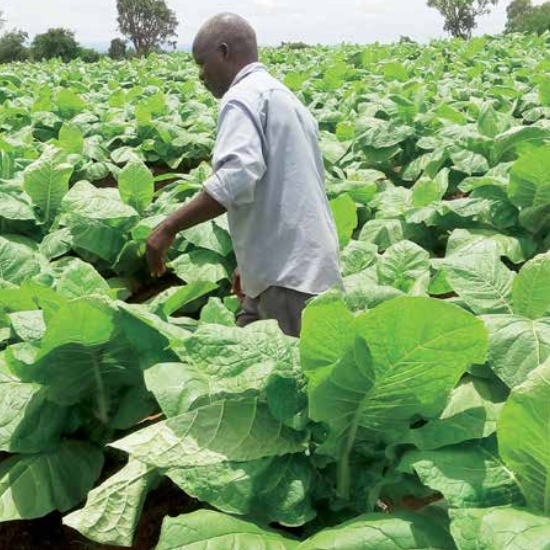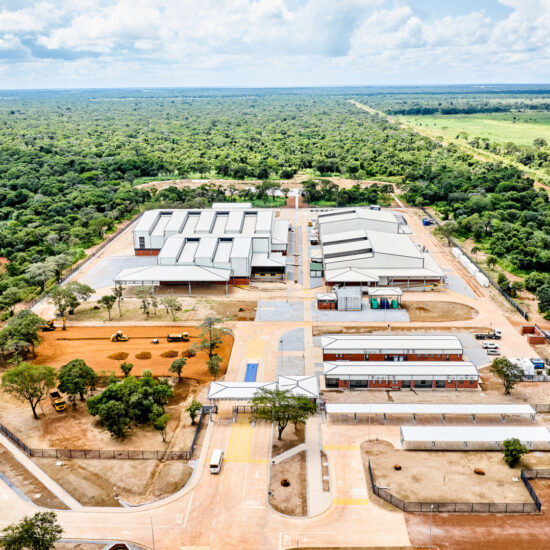
The Poultry Association of Zambia – PAZ has disclosed that the industry has in the previous years recorded continuous growth with the current contribution of the poultry industry reaching about 50% of the total livestock and agriculture sector in the country.
The industry has employs over 83,000 through direct jobs in the country and it contributes between 4.8% to 5% to the national Gross Domestic Products – GDP.
PAZ Executive Manager Dominic Chanda told the Zambian Business Times – ZBT in an exclusive interview that the growth of soya beans in the country also imitates or is directly proportional to the growth recorded in the poultry industry as it consumes about 70% of total soya beans grown in the country.
He added that the poultry industry is also consuming between 20% to 25% of the current maize output which is about 2 million metric tonnes adding that 30% to 35% of total eggs and 10% to 16% of total chickens produced in Zambia are exported to the Democratic Republic of the Congo – DRC hence contributing to foreign exchange inflows into the country.
“The industry is hence the anchor of the livestock and agricultural sector because its two importance crops like maize and soya beans being grown in the sector are the major inputs of the poultry industry,” he said.
Chanda further disclosed that the industry had in 2018 produced about 80.4 million broilers and 41.6 million trays of eggs out of which 30% were exported into DRC and brought in a considerable forex revenue in the sector and that it will soon announce production for the just ended year 2019.
Chanda further stated that the industry has challenges which it is facing which includes fluctuation of the exchange rate for imported facilities and chemicals, loss and increase in price of power and the increase in the price of maize and soya beans.
He explained that it has been difficult to carry out operations without electricity and this affected production adding that the instability in the exchange rate has as well affected the industry. Aside from the sector facing some challenges, it has anticipated a huge crop on the market for the year 2020 and is expecting that the price of maize and soya beans will reduce, and that Bank of Zambia and Ministry of Finance will stabilize the exchange rate.
Chanda has also encouraged diversification in the country particularly in the agriculture sector saying it is an important aspect which has potential to being development in the country. Diversification enables the sector and individual farmers to guard against concentration risk.


